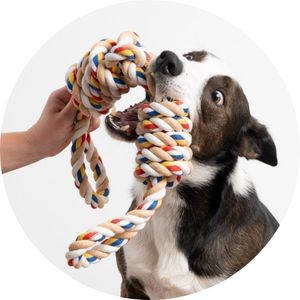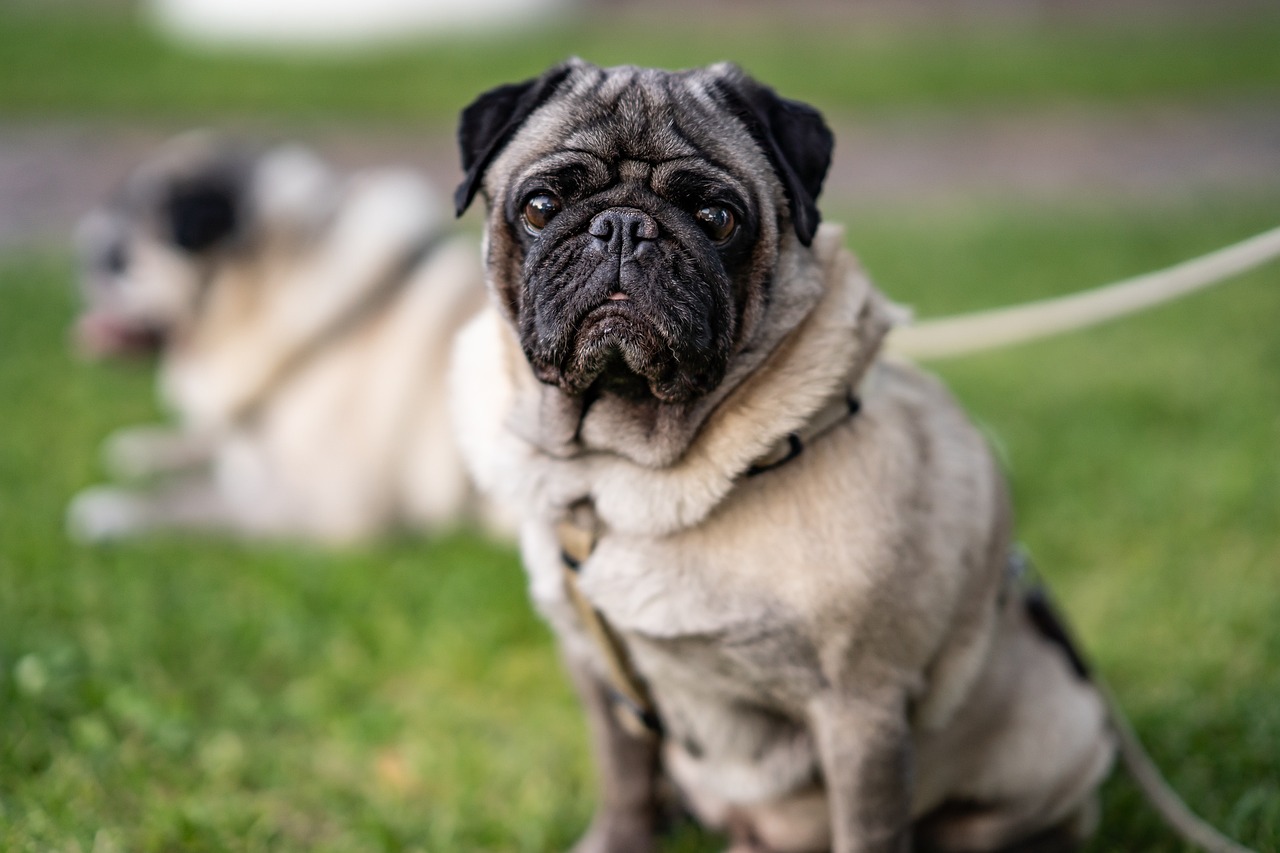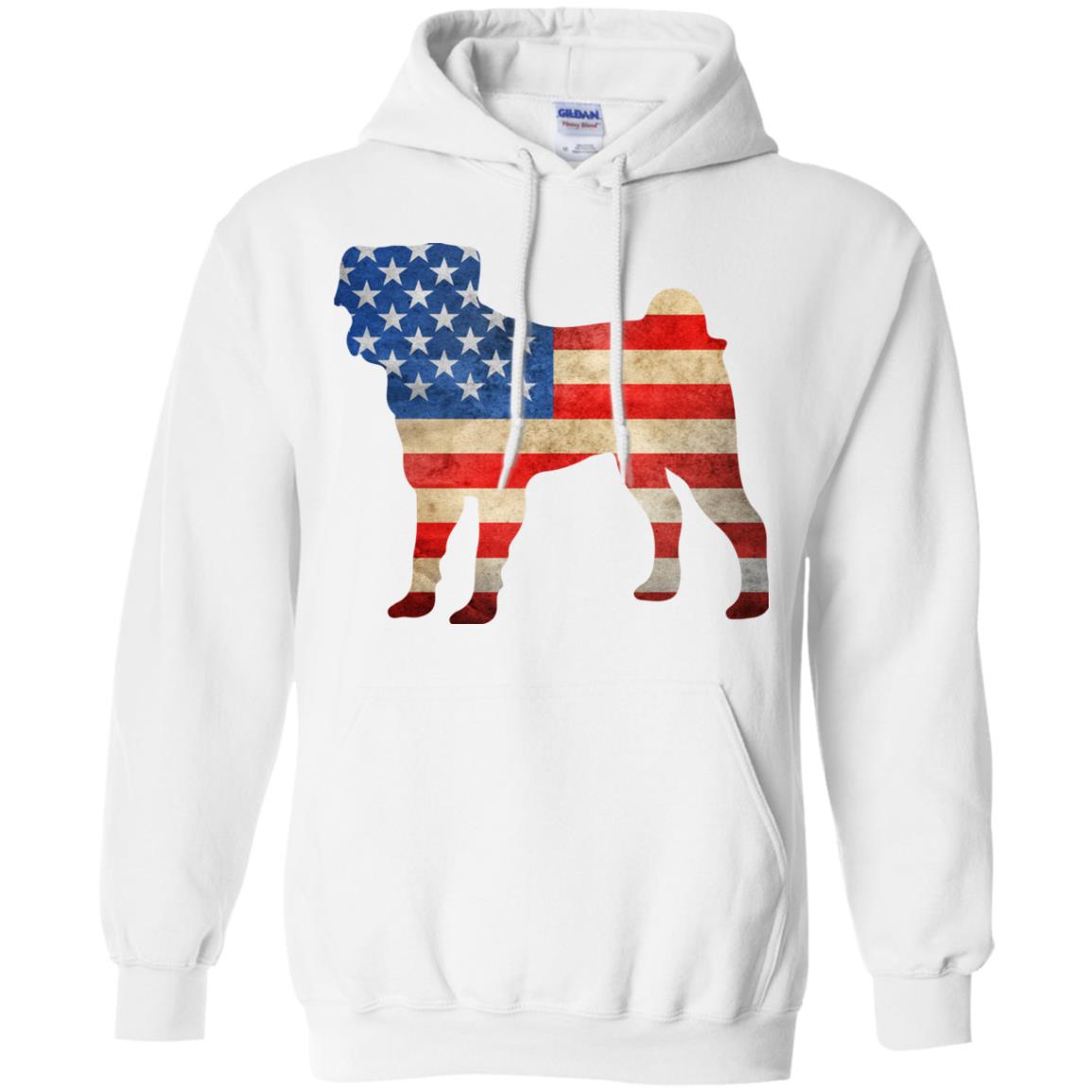Pug
Showing all 7 results
iHeartDogs is Your #1 Source for Pug Lover Gifts – Pug Shirts, Pug Sweatshirts, Pug Mugs, Pug Jewelry, Pug Memorial Products & More!
Each Purchase Helps Provides Donated Food to Shelter Dogs!
Since 2013, iHeartDogs has supported rescues and shelters through each purchase in our Pug gifts store. Shop pug t-shirts for him, pug shirts for her, pug mugs, pug hoodies & sweaters, pug jewelry, and pug pet memorial gifts.
In our iHeartDogs Dog Health Supplements store, you’ll find Hip & joint supplements for your pug, pug probiotics, CBD for pugs, pug allergy supplements & fish oil, and pug dental chews & cleaners.
With the cost of veterinarian care skyrocketing, make sure you compare pet insurance plans for your pug. In recent years, many new pet insurance companies have entered the market and pet insurance for your pug has become more affordable.



























 Toledo, United States.
Toledo, United States.